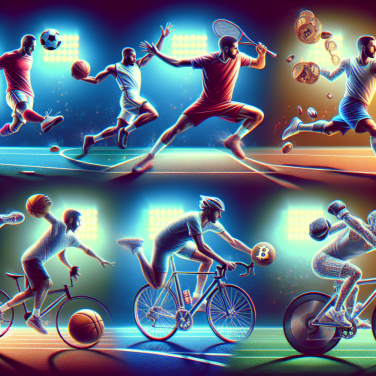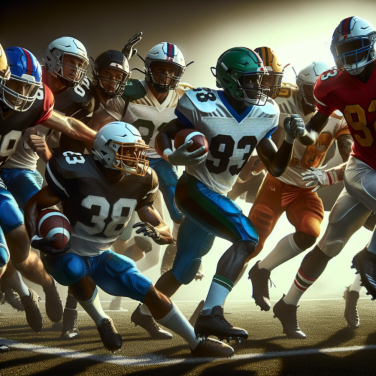Tracing the Roots: The Early Years of Skateboarding
Skateboarding, as a revolutionary sport, didn't just appear out of the blue. Its evolution dates back to the early 1950s, though its origins can be traced more precisely to the Californian surf culture of the 1960s. It emerged as an alternative for surfers to emulate their water sport on concrete landscapes when the waves weren’t cooperating, hence the initial term "sidewalk surfing."
The first makeshift skateboards were rudimentary, usually constructed from wooden planks with roller skate wheels attached to them. These early boards were clumsy and difficult to maneuver, but they served as the genesis of a sport that would soon capture the global imagination.
Moving forward to the late 1950s, the first commercial skateboards were introduced to the market by companies such as Roller Derby and Nash. These boards were still very basic and offered little in terms of performance but were a significant improvement from the makeshift boards of the previous era.
By the 1960s, skateboarding had started to gain some traction. The boards started becoming more sophisticated with Larry Stevenson’s introduction of a design that was specifically intended for surfing on pavement. He introduced a revolutionary skateboard design that incorporated a surfboard shape with traction pattern on top and clay wheels, the same kind of wheels that were used for clay court tennis shoes. This ushered in a new era of skateboarding that saw more complicated and daring maneuvers.
The year 1963 saw the first ever skateboard competition held in Hermosa Beach, California, cementing skateboarding's place in mainstream competitive sports. From there, a snowball effect ensued. Due to the sudden popularity, manufacturers started to experiment with materials and designs, and by the mid-1960s, companies like Hobie and Vita Pak were producing skateboards with not only new materials but also improved wheels made of clay, metal and even plastic.
However, a series of accidents and injuries lead to a dip in the popularity of skateboarding. Many blamed the sport for its inherent danger and public places were not designed to be skateboard-friendly. Moreover, a lack of good protective gear added to the risk involved. Due to this, skateboarding saw a substantial decline by the late ‘60s, marking the end of its first wave of popularity.
But skateboarding was not destined to fade away. By the 1970s, this “sidewalk surfing” was given another lease of life with the invention of urethane wheels.
Read also:
The Critical Role of Sports Facilities in Enhancing Athletic Performance
Impact and Influence: How Skateboarding Shaped Pop Culture and Urban Evolution
As we delve further into our exploration of the multifaceted revolution brought about by skateboarding, it becomes apparent that it didn’t only help young people develop self-confidence and a unique sense of individuality, but it significantly shaped pop culture and urban evolution as well.
The appeal of skateboarding as a youth subculture quickly caught the attention of mainstream media. In the late 1970s and 80s, apart from being featured in sports magazines, skateboarding started making appearances in films, television programs, and music videos. One of the biggest pop culture moments was when “Back to the Future” prominently featured a scene with Michael J. Fox’s character, Marty McFly, introducing the rudimentary form of the skateboard. This influenced a whole generation and led to an increased popularity of the sport.
Additionally, skateboarding had a profound impact on the music industry. It has been closely tied with punk rock since its inception, but has also influenced various other genres. A unique fusion was created; bands started to emerge that evoked the same rebellious spirit found in the skateboarding community. On the flip side, skateboarding videos have helped promote several musicians, making it a symbiotic relationship beneficial for both industries.
Fashion and streetwear have also been noticeably influenced by skateboarding. Brands like Vans, DC, and later, Supreme, owe much of their success to their association with the skateboarding community. The skater-style has evolved beyond being a niche fashion category, extending its influence over mainstream fashion trends.
Skateboarding also played a pivotal role in shaping urban landscapes. The double-edged sword of its legality in public domains forced the growth of skate parks — urban areas specifically designed for skateboarding. Cities, initially resistant, started to recognize the popularity of the sport and began providing public spaces for it. This not only facilitated the skateboarders but contributed to revitalizing neighborhoods and creating community spaces.
Moreover, a striking example of skateboarding's influence on urban design is seen in the architectural concept of 'defensive' or 'hostile' design. This urban design trend attempts to guide human behavior, often deterring skateboarders by installing spikes or rough surfaces on ledges and surfaces. It's a testament to how much this counter-culture sport has managed to challenge urban evolution.
On a social-cultural level, skateboarding has proven to be a great equalizer, breaking down barriers around race, socio-economic status, and more recently, gender.




